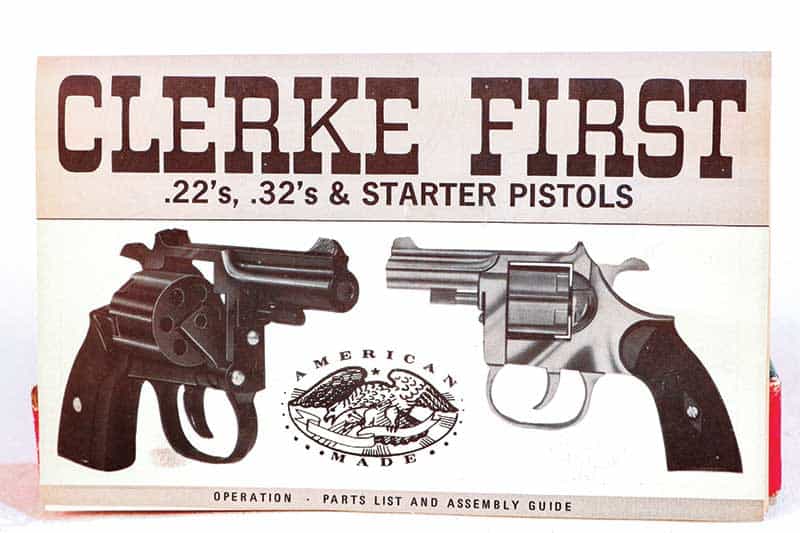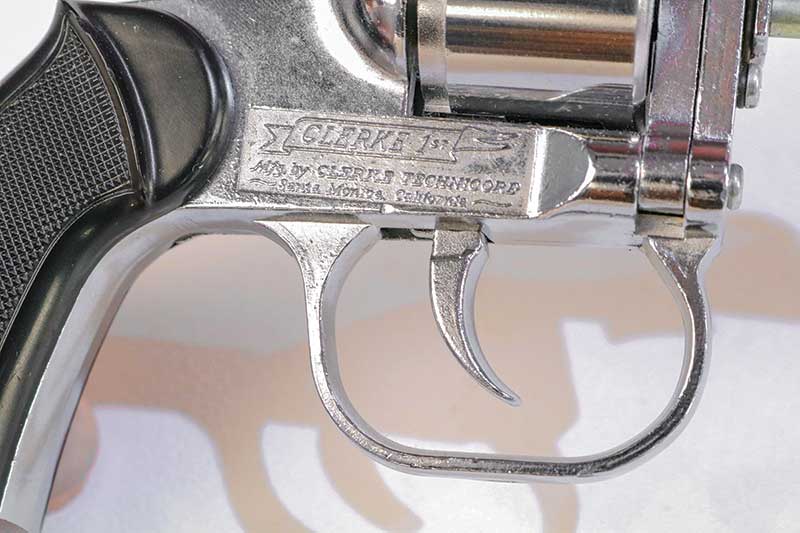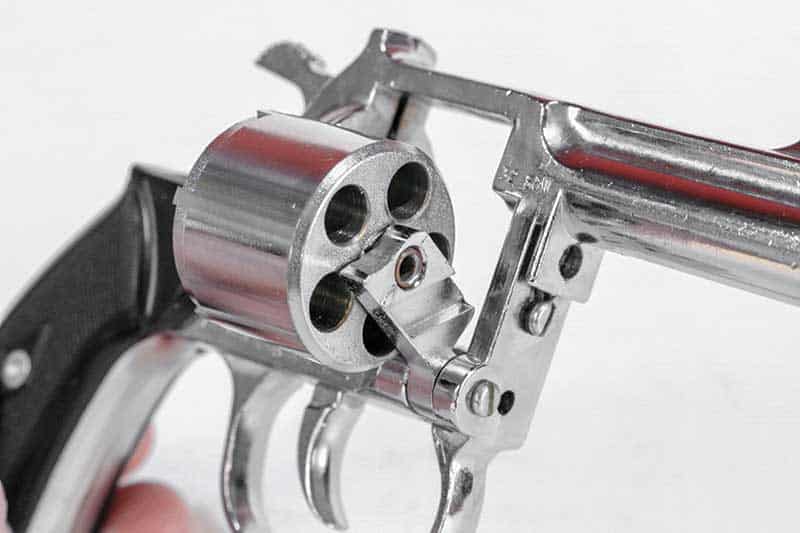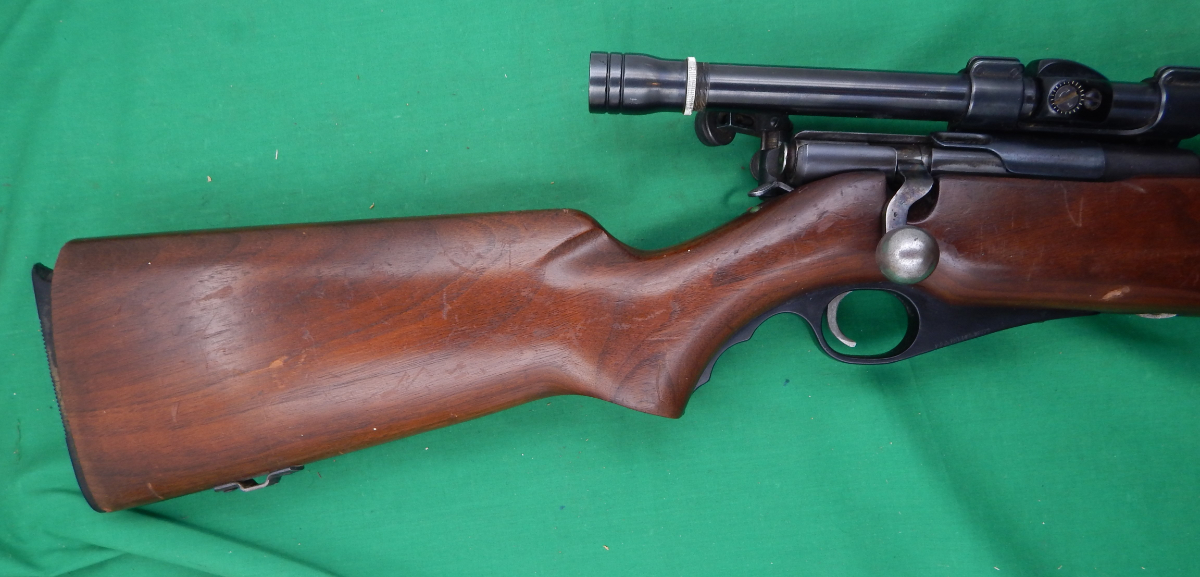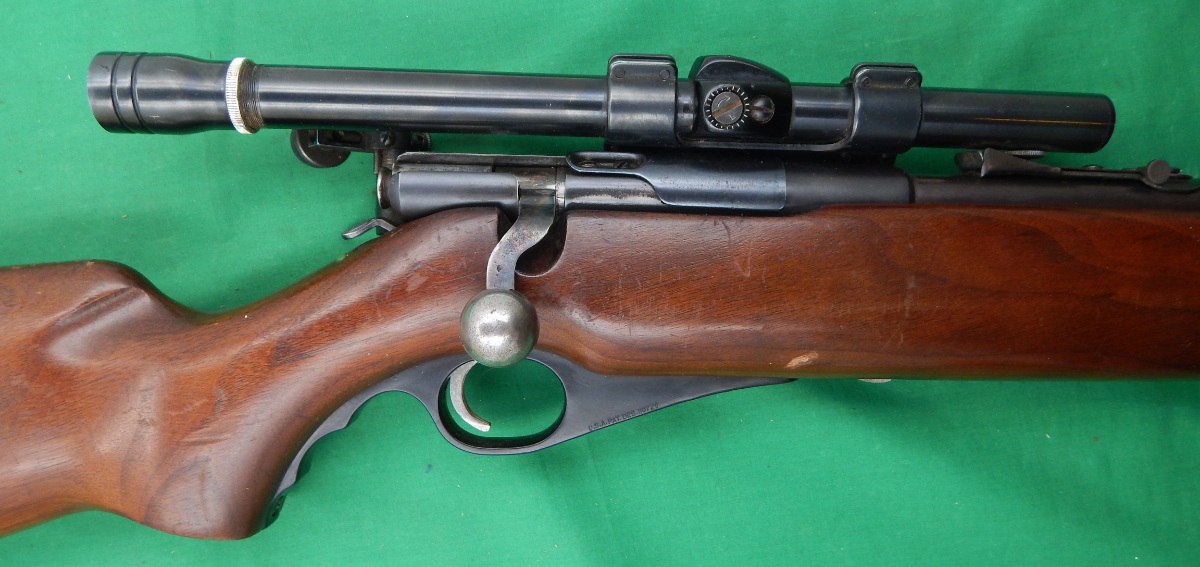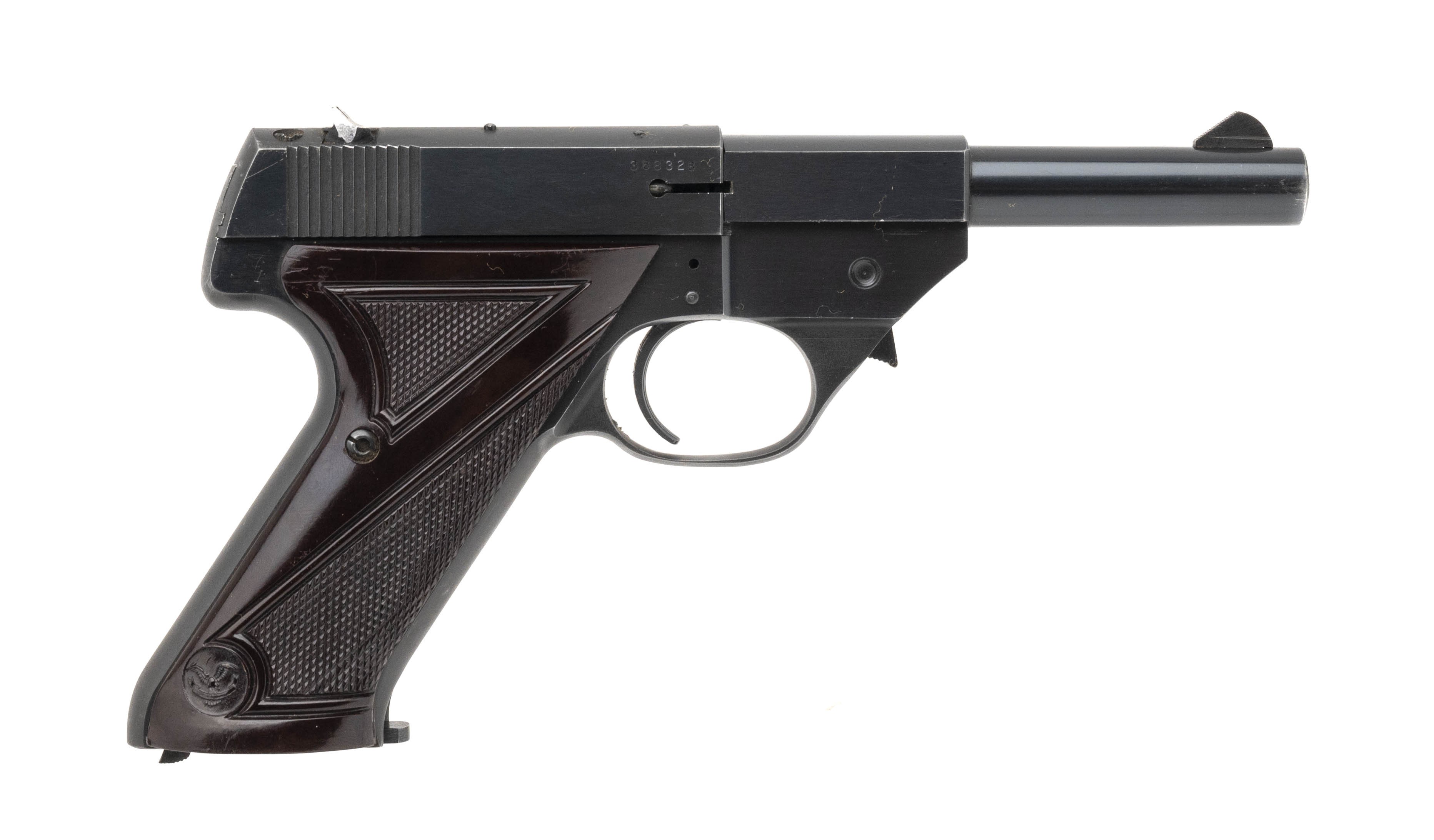THE SKUNKOPOTAMUS OF COMBAT HANDGUNS
In the 1970s the hair was long, the gas was rationed, the interest rates were astronomical and the prevalent fashions could foment blindness if unduly gazed upon. In addition to all this pervasive grooviness, the ’70s also saw the glorious genesis of the absolute worst defensive firearm in all of human history. This steaming pile of ballistic doodoo was curiously titled the Clerke First.
In The Beginning
The 1968 Gun Control Act (GCA) arose in response to the assassination of President John Fitzgerald Kennedy. Prior to the ’68 GCA, Americans just ordered their firearms through the mail. Afterwards guns had to pass through a federally licensed firearms dealer. The ’68 GCA also codified restrictions on which cheap guns could be legally imported.
These rules were intended to exclude the infamous Saturday Night Specials. This nebulous pedestrian term refers to any inexpensive small handgun that readily lends itself to nefarious applications. To meet the importability threshold, a gun had to have a barrel at least 3″ long and be a minimum of 4.5″ in overall length. There was also a point system based upon such stuff as caliber, weight, construction and sights along with an associated aggregate overall cutoff for importability.
The ’68 GCA excluded a great many handguns previously legal to import. The Walther PPK, for example, didn’t make the cut. The subsequent PPK/S sported a larger frame and an extra round in the magazine and did meet the criteria. This was likely the only example extant wherein a gun got better because of a gun control law.
With a substantial slice of the market now left unaddressed, the indomitable engine of capitalism went to work filling it. The end result was the American-made Clerke First revolver. To call this repugnant pistol “crap” would be offensive to feces.
Gross Anatomy
The Clerke First pistol was the brainchild of Clerke Technicorp, an evolutionary extension of Eig Cutlery. Clerke Technicorp is admittedly a pretty cool name. However, when the brain trust finished with the company title apparently their creative well was pretty much spent. The gun’s action began life as a starter pistol and really degenerated from there.
The frame is cast from some sordid sort of pot metal. The trigger and hammer will look familiar to anybody who played with cap guns as a kid. The cylinder is held in place with a rivet. The entire gun is finished in a blinding silver chrome and the grips are black plastic. There was an all-black version as well.
The sights are small, fixed and worthless. The action operates in both single- and double-action modes but is just stupid heavy. There is no ejector.
Manual Of Arms
To run the gun you remove the ejector pin from the front. It is held in place by a spring-loaded detent. A friend who ran a gun shop back in the day said folks were losing these pins all the time. My buddy said he got nearly the purchase price of the gun for a replacement pin. He refused to stock the pistols.
Once the pin is removed, the cylinder will swing out to the right. To remove the empties you push the cases out from the front one at a time using the pin. Drop in five fresh rounds, pivot the cylinder back in place and replace the aforementioned pin. Now you are — technically at least — packing heat.
Will The Poop Collector
I bought my Clerke First revolver new-in-the-box off gunbroker.com for $99. The gent from whom I purchased the gun said he bought three of them on a whim several decades back for $20 apiece. Dealer cost in the early ’70s was $15.
The side of the box sports three check boxes for .32 S&W, .22 LR and Starter Pistol. The frame and works were common to all three. My gun has not been and never will be fired yet it still rattles like Nancy Pelosi’s brain when you shake it. I sought the gun out simply because it was so irredeemably wretched.
Cogitations
You get a sort of gestalt as initially you paw over the Clerke First revolver. The pistol looks and feels like it belongs in a toy box. I’ve read after a few dozen rounds the gun gets as loose as a congressman’s morals.
The Japanese Type 26 revolver is extremely well made but horribly designed. The cylinder spins freely, so you never can be sure if the chamber under the hammer is actually going to shoot or not. By contrast, the Clerke First is just homogenously ghastly throughout. In a pinch, were I to choose between the Clerke First revolver and a baseball bat, I’d be mightily tempted by the bat.


